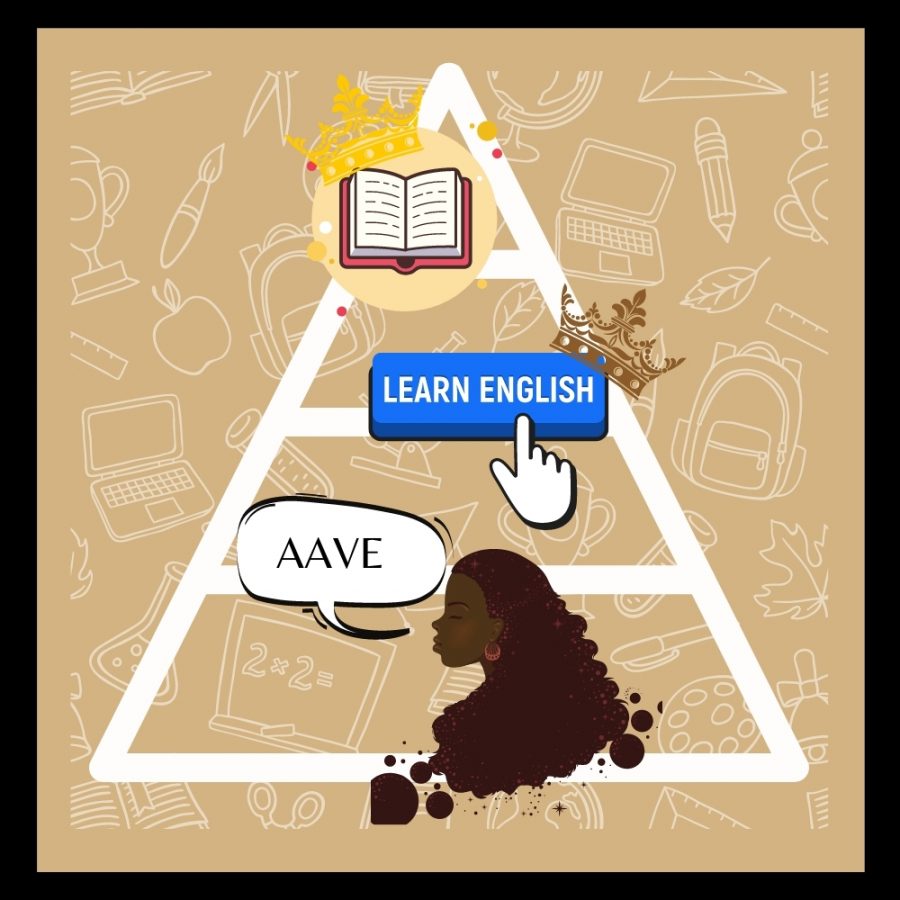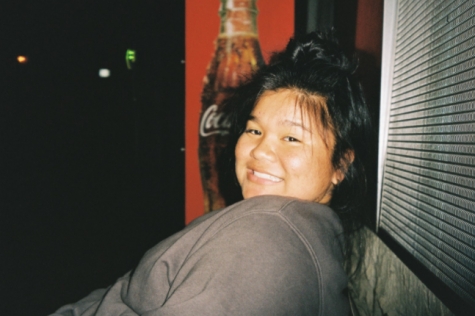In 1996, the Oakland School Board passed a resolution that recognized African American Vernacular English (AAVE) as its own language as a way of catering educational methods to improve their struggling Black students. This forward-thinking resolution was similar in alignment to teaching English as a Second Language (ESL) as a way of translating their native tongue into the Standard Variety of English used in academia.
The different dialects of English are a generally controversial concept due to the different standards they each respectively hold AAVE, Chicano English (CE) and Hawaiian Pidgin (HCE) are three prominent dialects in the United States that are considered inferior to Standardized English. The hierarchy of language is classist in itself. Those in power – historically white males – are in positions of authority where they are able to create the hierarchy in the first place. This is what pressured the repeal of the Oakland School Board’s resolution.
Criticism of the school board’s AAVE resolution was heard all throughout the U.S., even Oklahoma called it to be a state of emergency in 1997 while also passing House Bill No. 1810, prohibiting the utilization of AAVE in schools. However, linguists acknowledge AAVE as its own complex language with its own set of grammatical rules and patterns.
The American public education system is not designed to cater to students of varying ethnicities, cultural backgrounds, and racial identities, and this much is clear. It remains to uphold the ever-present pattern of white suppression and Black oppression. Not recognizing AAVE as its own entity supports this American narrative.
The lack of diversity of educators also plays a role in the ongoing oppression of students of color. Diversity among educators creates a unique dynamic in the classroom that improves the quality of education. The understanding of the shared experiences between the students and their teacher creates a safer atmosphere.
In my history of K-12 schooling, I have only had three teachers of color. Though many of my white teachers and professors were generally decent people, the lack of willingness to understand the backgrounds of their students of color was another hurdle to cross. Many ignorant comments were made towards my peers and me from this lack of understanding, affecting the quality of our education and desire to learn from those respective teachers.
For America to call itself a Western country that prides itself on freedom and liberty, it must dismantle the many preventable roadblocks. Teaching AAVE is a good first step to make education more diverse and accessible for everyone.
Gaby Jose is a sophomore studying Comparative International Studies, English SSTC and Spanish. Follow her on Twitter @8oh5ive.









